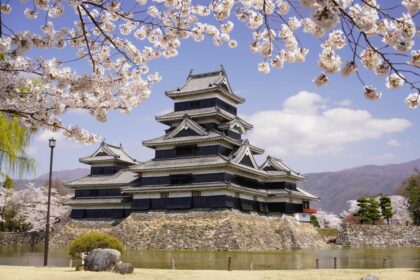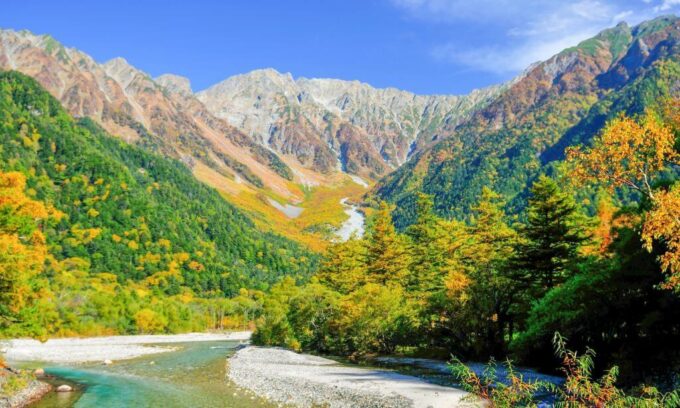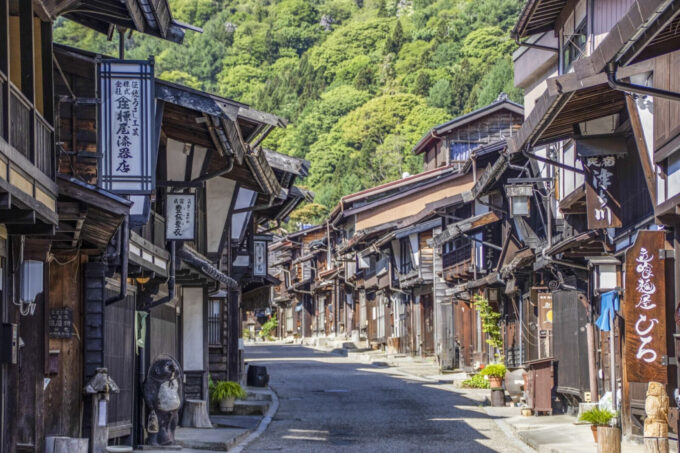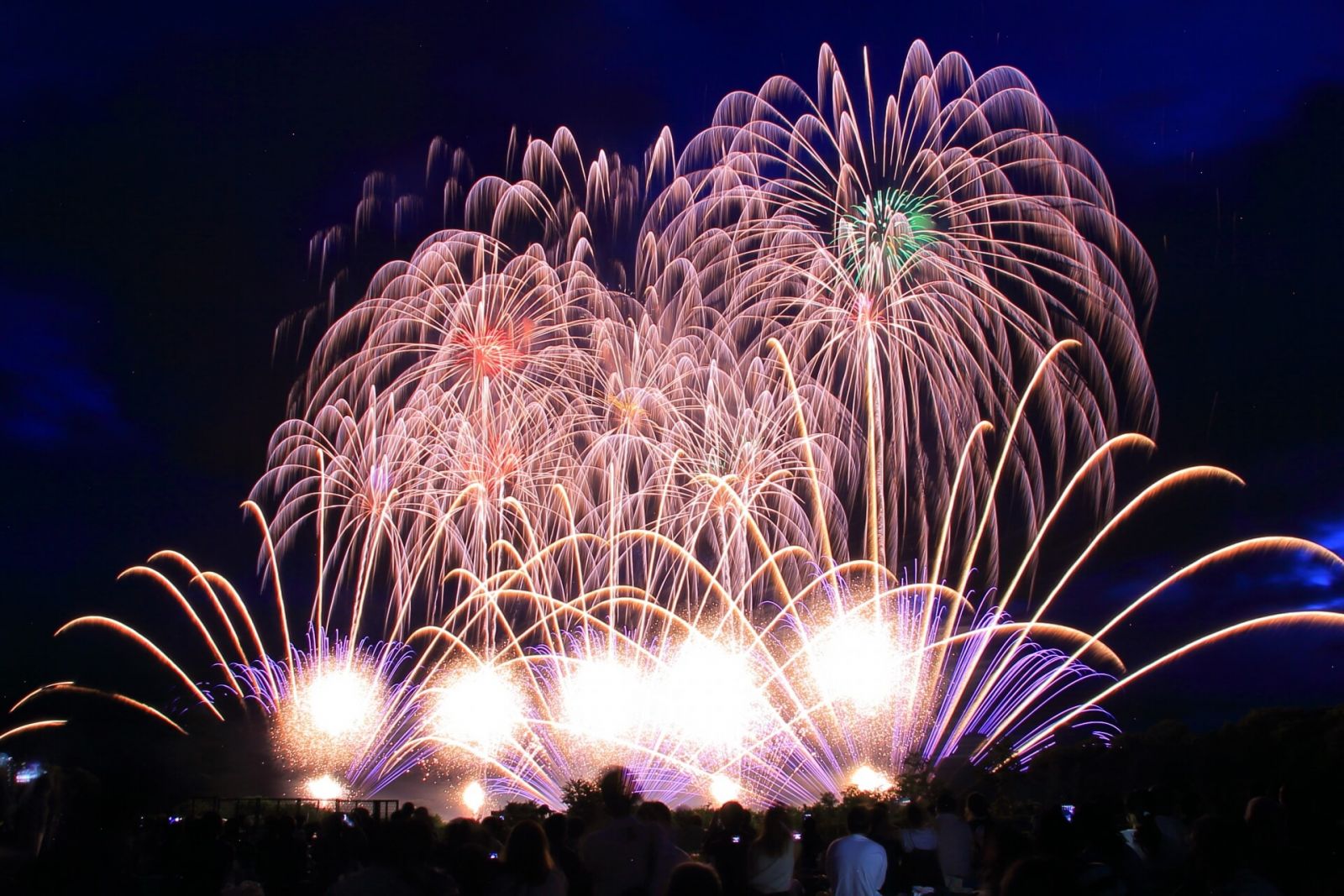
Located within three hours of Tokyo, Azumino offers visitors a chance to experience the tradition and remarkable beauty of rural Japan with numerous cultural highlights - both old and new - combining to make this Nagano's next must-visit destination. Conveniently positioned between Matsumoto, home to one of Japan's most impressive original castles, and the ski resorts of the Hakuba, Azumino already attracts many travelers en route between these more famous locations. On this page you will find the following information:
-- Where to Stay When Visiting Azumino
-- Getting to & Around Azumino
-- Tours & Charters Nearby Azumino
Those who have taken the time to stop and explore have discovered that Azumino should not be overlooked. Offering a fantastic combination of cultural, culinary, and outdoor activities all set against the stunning backdrop of North Alps, Azumino offers refuge for the hassle and hum of daily life and one step deeper into true Japan - a place where tradition lives on and you can find balance again.
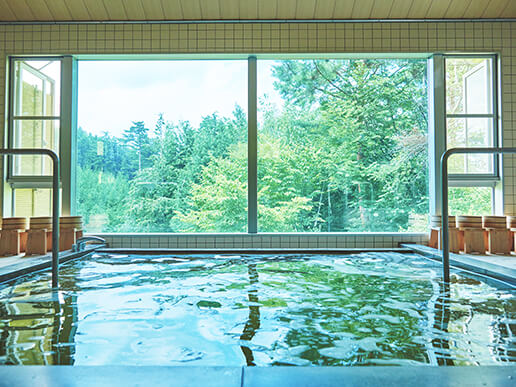
Based in Nagano and operating all year round, we are the region’s No.1 tour and charter operator. Our group tours run throughout the year while we can also arrange private tours and charters to any destinations in the region. As a registered travel agent, we can package transport, accommodation and more together so you save and get the most out of your time in Azumino and beyond – scroll to the bottom for details.
WHERE IS AZUMINO?
Azumino lies around 230KM / 3.5-hours from Tokyo and only 12KM / 25-minutes from Matsumoto. Most visitors moving to and from the area do so via Hotaka Station, a convenient stop on the Oito Line running from Matsumoto to Hakuba and onto Itoigawa in Niigata. Lying in close proximity to the North Alps, the farmlands of Azumino are fed by the mineral-rich waters of rivers and streams descending from the mountains above while an increasing number of museums, galleries and restauranst are opening in the area. For visitors looking to totally relax and unwind, the hot spring area of Hotaka Onsen-kyo offers a good range of guestshouses while visitors looking to ascend into the mountains can do so on the trails of the North Alps.
20 THINGS TO DO IN AZUMINO
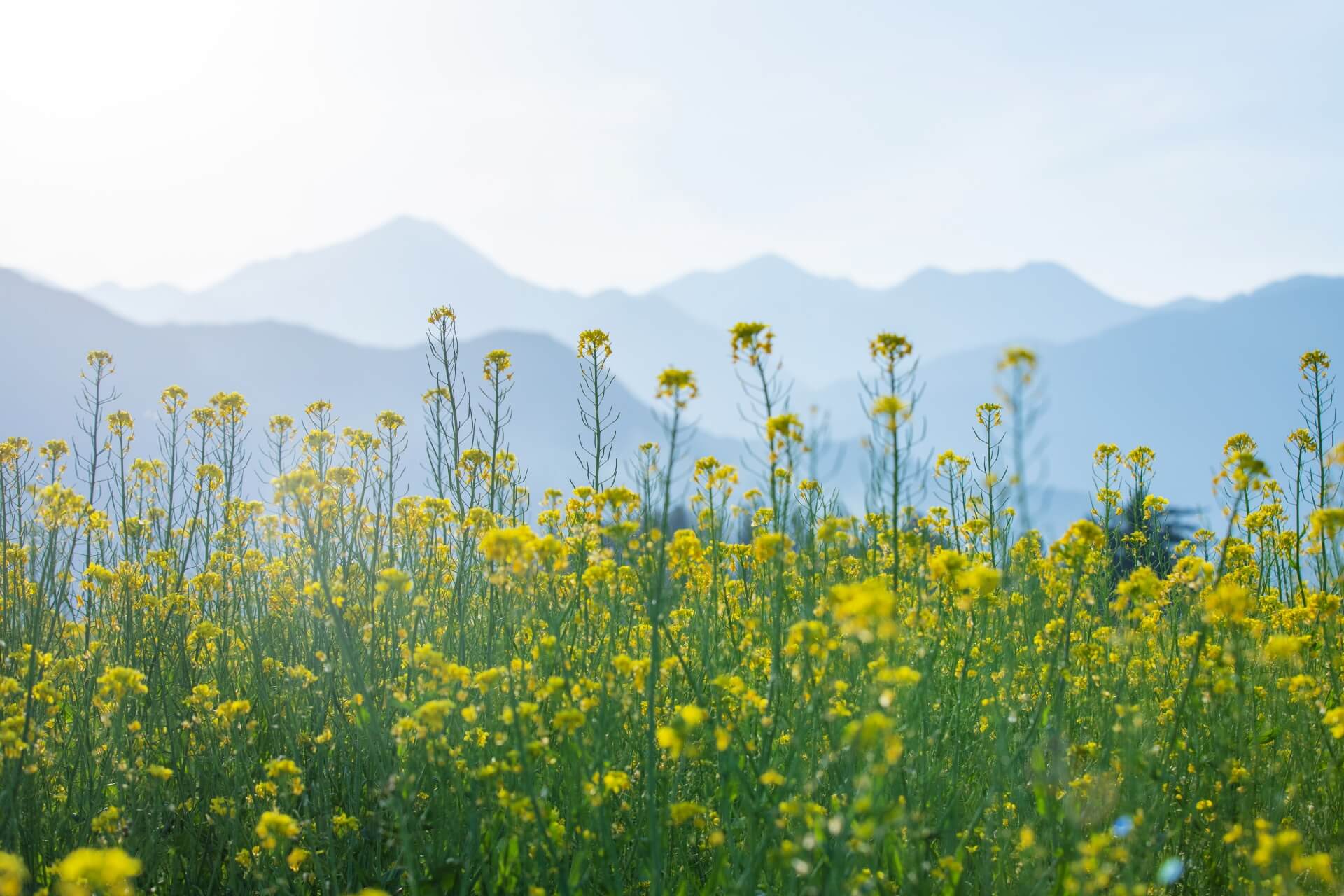
Azumino is a tranquil rural enclave sitting just to the north of Matsumoto and in the shadow of the North Alps. A place of farmlands and pristine waterways, Azumino is known for its abundant produce including some of Japan's best 'wasabi', 'soba', fruit and vegetables. Providing easy access to the hiking trails of the North Alps and ski resorts of Hakuba Valley, Azumino is a great option for visitors looking to go a little slower and enjoy the best of rural Japan. Here's our suggestion of the best things to do while there:
1 / DAIO WASABI FARM / all year round
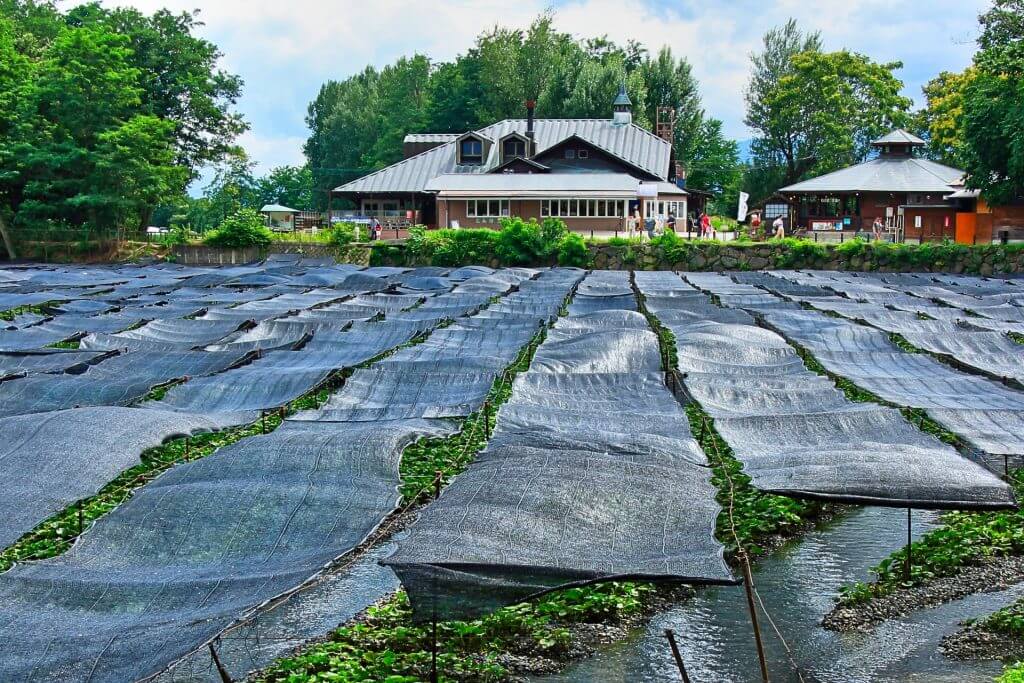
Japanese food is one of the most enjoyable and seductive reasons to visit the country. Offering an array of cuisine and tastes, one constant across the wide spectrum of Japan's celebrated food culture is 'wasabi'. Known in the West for its nasal-clearing heat, real wasabi is a much more subtle and highly versatile taste than many people realize. Azumino's Daio Wasabi Farm is one of Japan's largest producer of wasabi and in itself, a beautiful destination well-worth visiting.
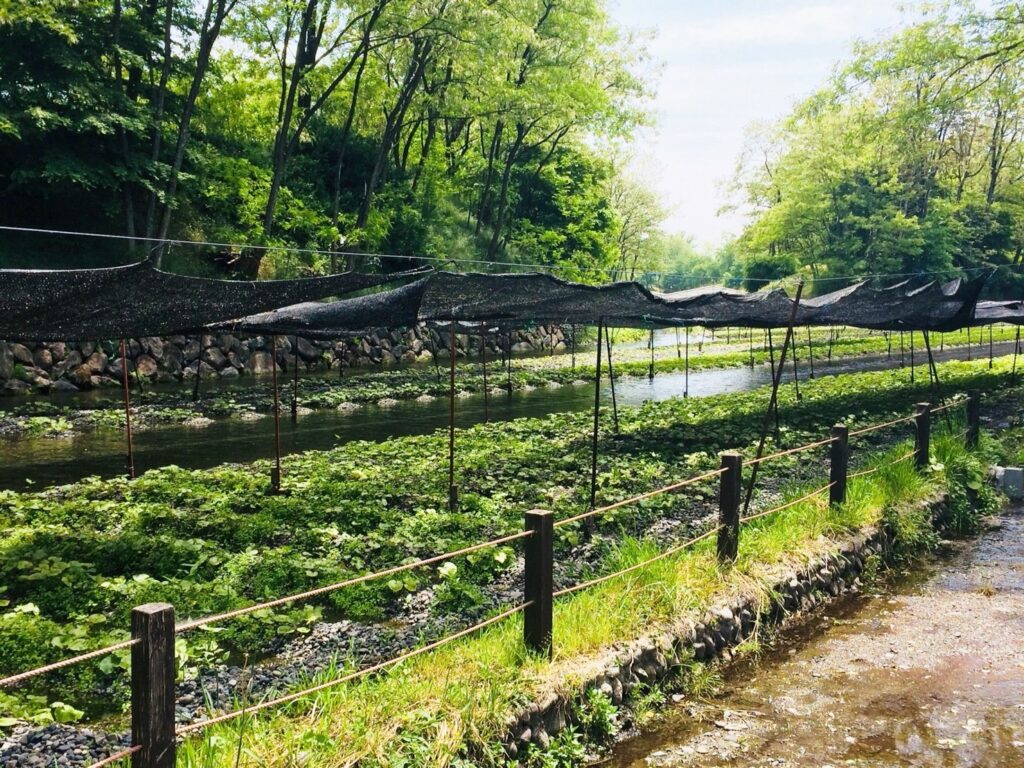
Wasabi requires large amounts of clear water to grow and the streams and pools that flow across the farm create a picturesque and idyllic setting in which to wander.
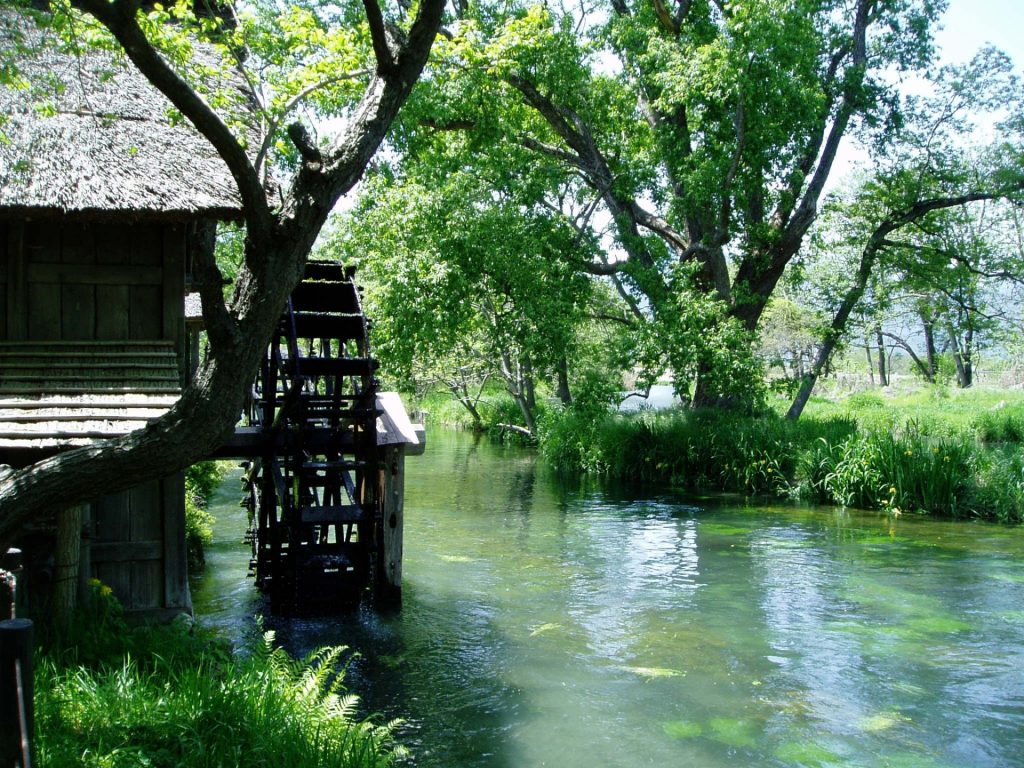
[START FROM NAGANO/MATSUMOTO] Private Wasabi-Picking Experience & Kamikochi
- Spots:
- MatsumotoKamikochi
- Pick-up:
- Nagano CityMatsumoto
- Drop-off:
- Nagano CityMatsumoto
Daio Shrine and wooden water wheels on the Tade and Yorozui Rivers – the setting for Kurosawa Akira’s 1989 film ‘Dreams’ – only add to that atmosphere. While at the farm you can delight in the varied uses of wasabi including both wasabi ice cream and wasabi beer.
2 / ENJOY AZUMINO 'SOBA' / all year round
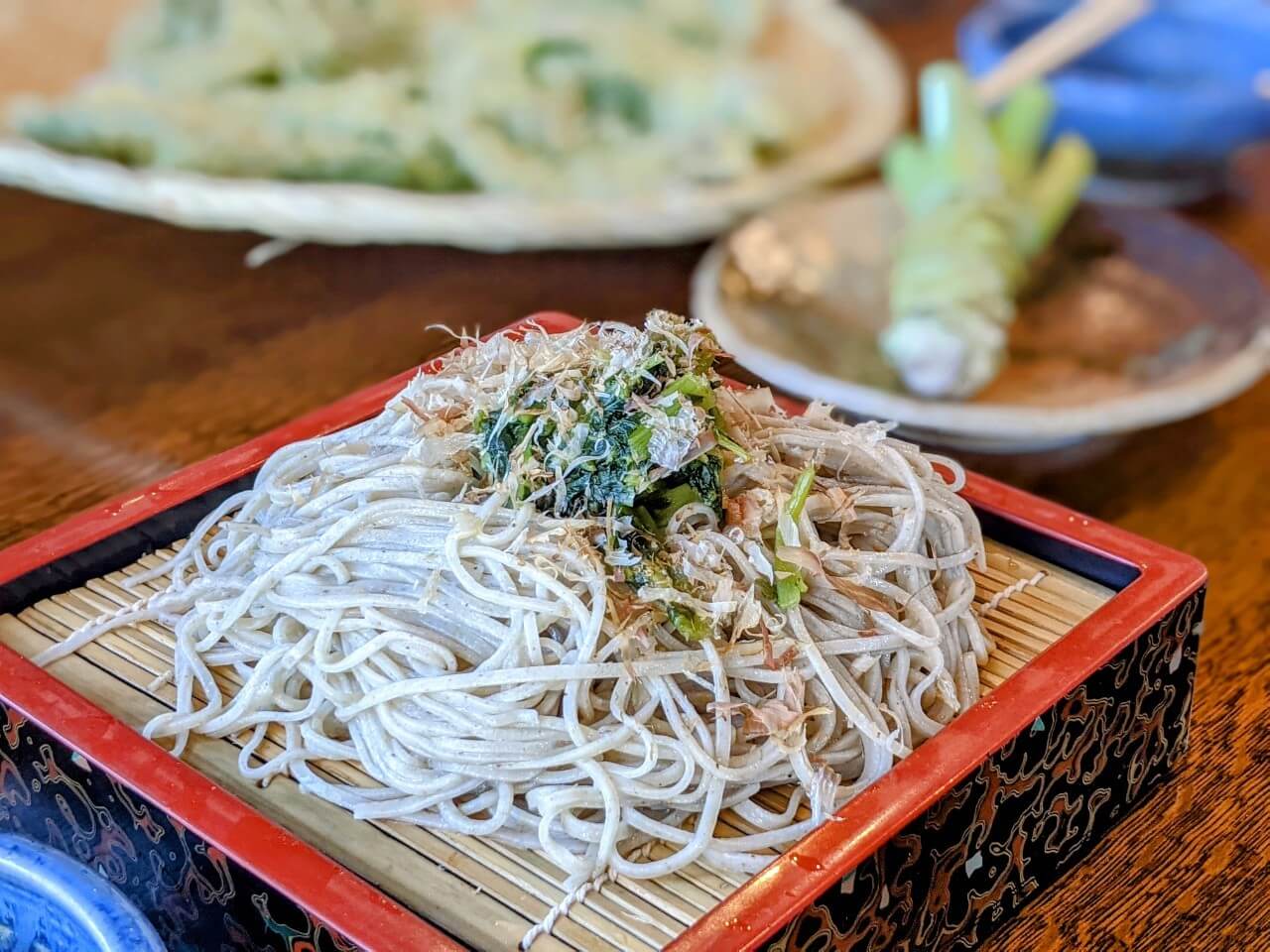
'Soba' or buckwheat noodles are a staple of Japanese cuisine and one best enjoyed in the very place it's grown. Azumino is known for the quality of its soba which is imbued with a clean and fresh taste thanks to the purity of the water feeding the local farms. Many restaurants in the area specialise in soba including at Daio Wasabi Farm and dotted throughout the area. old soba served with wasabi is the regional speciality. Stop in at any restaurant you choose. Most are great and you'll receive a warm welcome!
3 / DAISEKKEI SAKE BREWERY / all year round
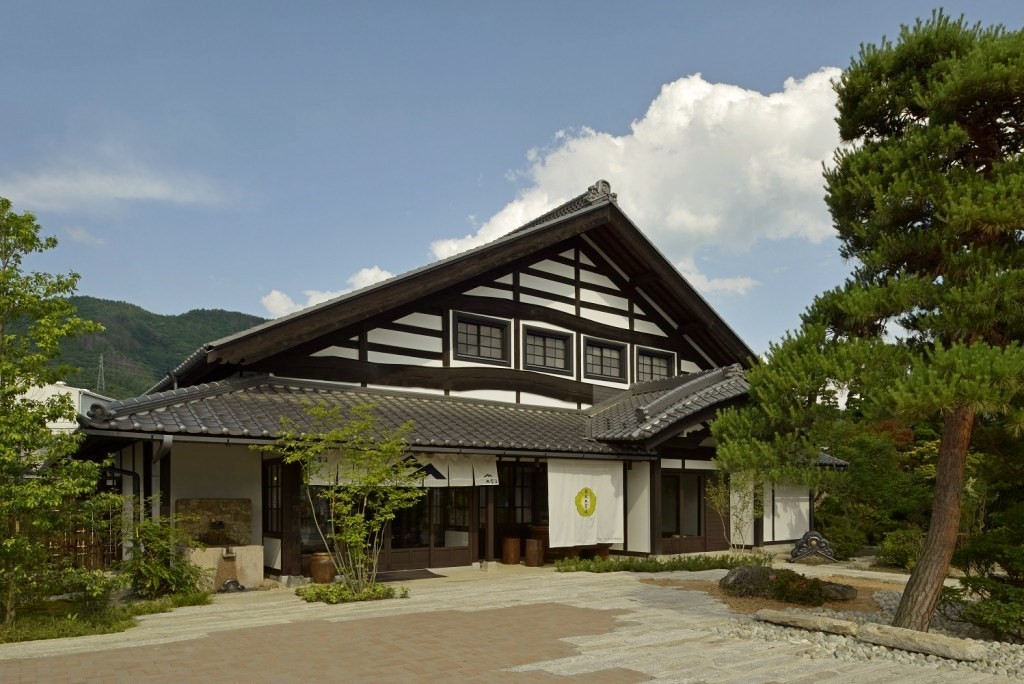
Established in 1898, Daisekkei Sake Brewery utilizes the pure and mineral rich waters from the heavy snow of Azumino and the surrounding mountains to produce some of the region’s best ‘sake’. Known as ‘nihonshu’ in Japanese, sake is Japan’s national drink and highly complex world which takes a lifetime to master. Daisekkei is a great venue to dip your toes into this rich and warming world, offering tours of the brewery including the production process, and welcoming front bar and store where you can sample and buy, their very best nihonshu!
4 / SOAK IN A HOT SPRING AT HOTAKA ONSEN-KYO / all year round
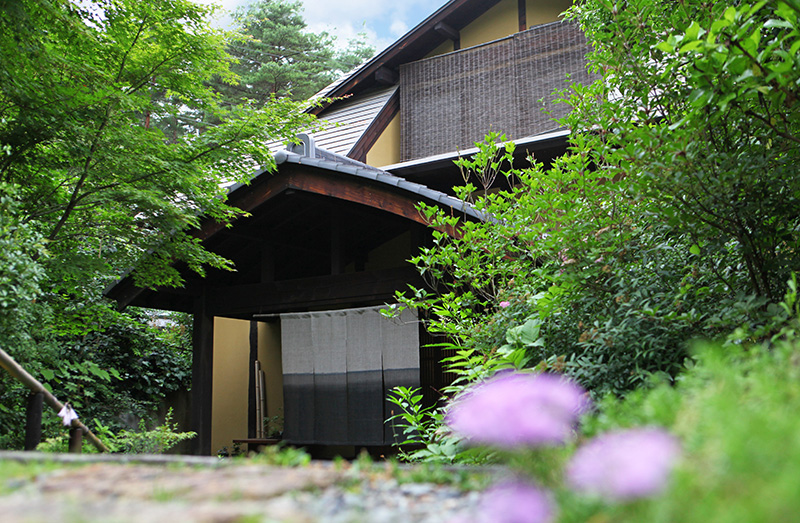
Azumino is home to numerous 'onsen' (natural hot springs) in which you can unwind and soak in the full atmosphere of the region. Playing a central role in Japanese society, time at an onsen is intended to relieve the stress and worry of daily life, recuperate from injury and relieve pain, and perhaps most importantly, spend time with family and friends as you chat quietly and informally. Situated within 20 to 25 by bicycle from Hotaka Station, Hotaka Onsen-kyo is Azumino's main onsen village and home to many private 'ryokans' (traditional guesthouses) with their own hot springs and public onsens including free 'ashi-yu' or foot onsens.
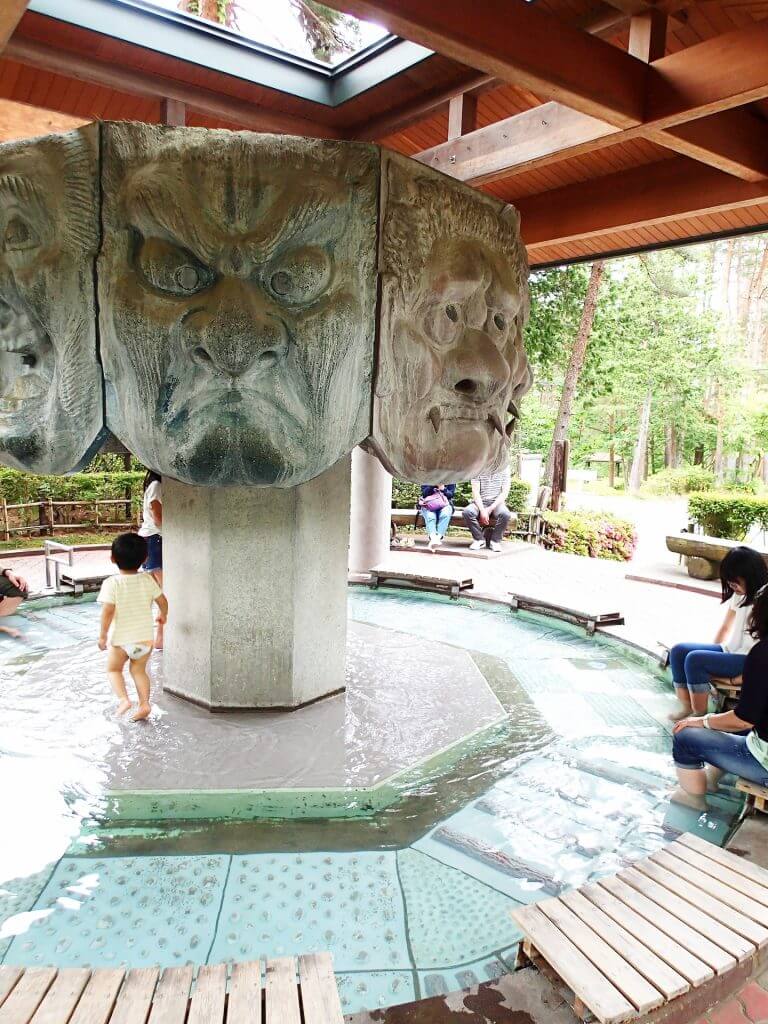
Requiring to you strip down and enter the water without any clothing, the first onsen experience can be a little intimidating for international visitors, but just ask those who live here! You will quickly lose that inhibition as you discover just why soaking in an onsen is a national past-time; and there is no better place to do so than the beautiful surroundings of Azumino and its majestic mountain vistas. For more information, see 'Where to Stay When Visiting Azumino' below.
5 / FOLLOW THE AZUMINO ART LINE / all year round
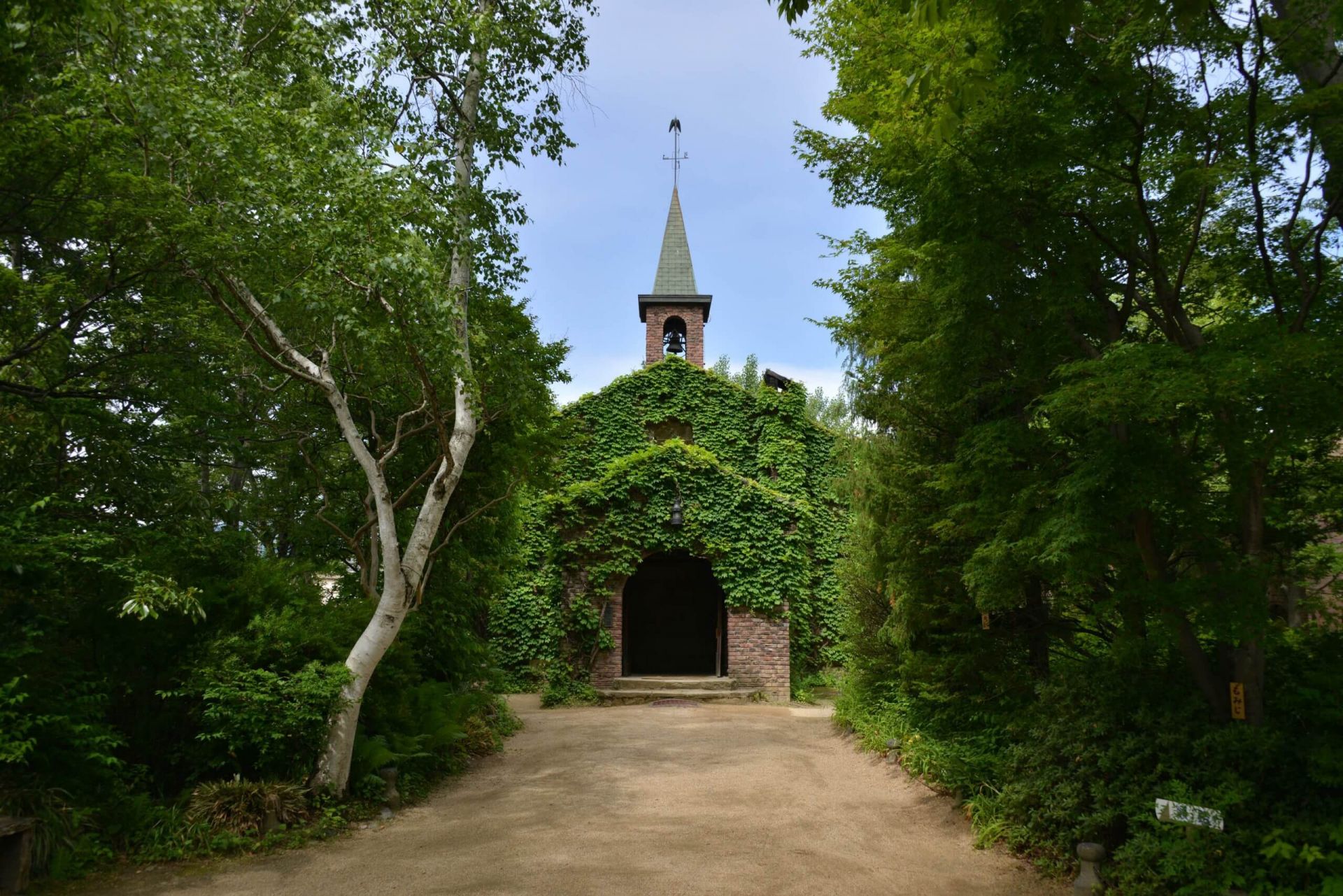
Extending from over 50km from Azumino City to Hakuba Village, the 'Azumino Art Line' includes nineteen museums and art galleries showcasing both traditional and contemporary arts within the beauty of the surrounding landscape. The museums forming the Art Line range in scale and focus with notable stops including Rokuzan Art Museum (a small but beautiful museum housing a sculpture collection of artist Morie Ogiwara), the Chihiro Art Museum (featuring illustrators and artists of childrens' books) and the Azumino Art Hills Museum of glass art. Collections vary between classic to cute, contemporary to traditional in an eclectic array of museums.
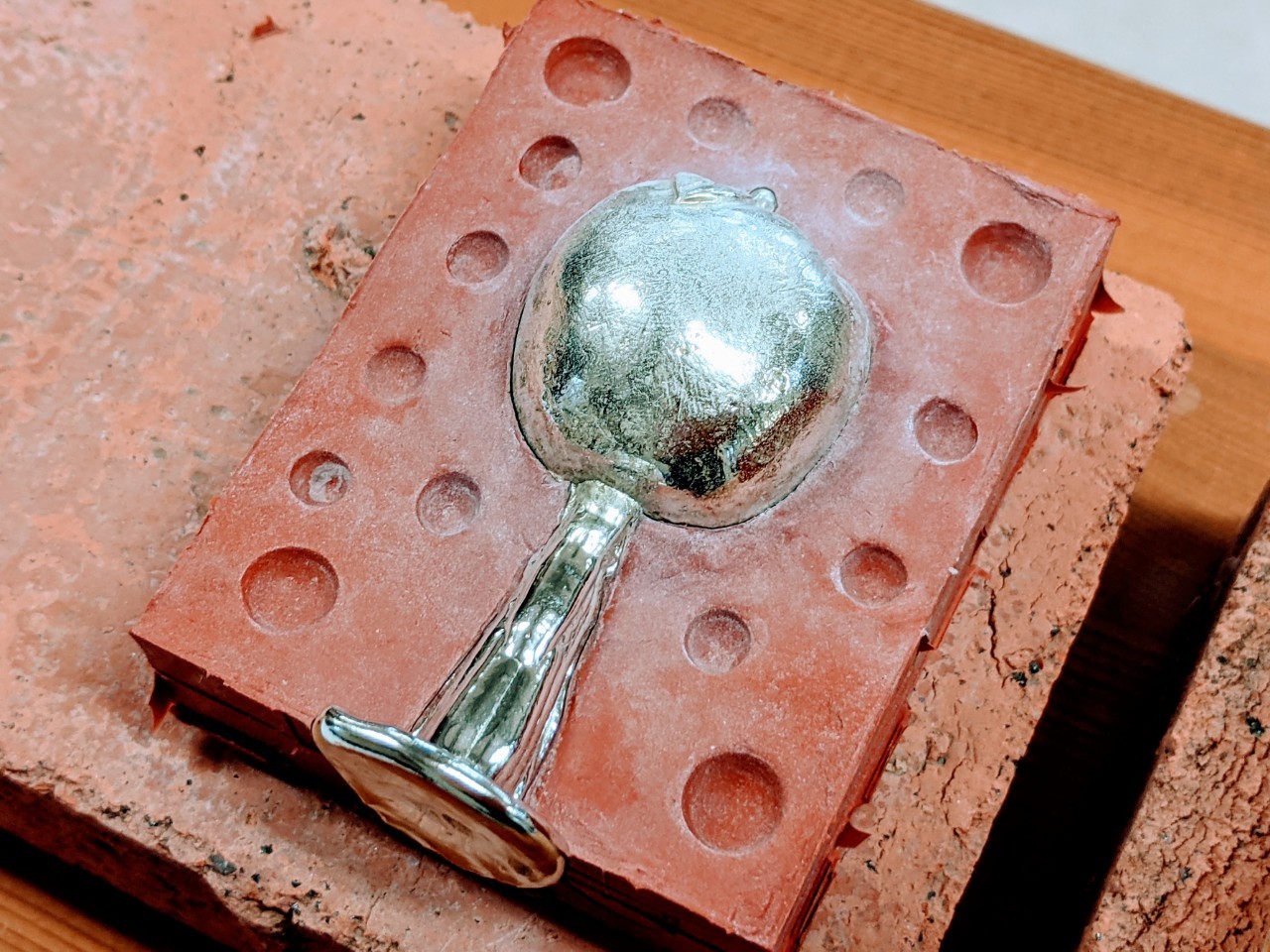
Several locations offer art and craft experiences, including pewter sculpting at Rokuzan, along with weaving at Azumino Tensan Center - see below. Your best starting point is from Hotaka Station from where you can drive or cycle between the museums of your choosing. The station's friendly English-speaking information staff will happily provide you with all the details and maps you need to set-off on your self-guided discovery.
6 / CHIHIRO ART MUSEUM / all year round
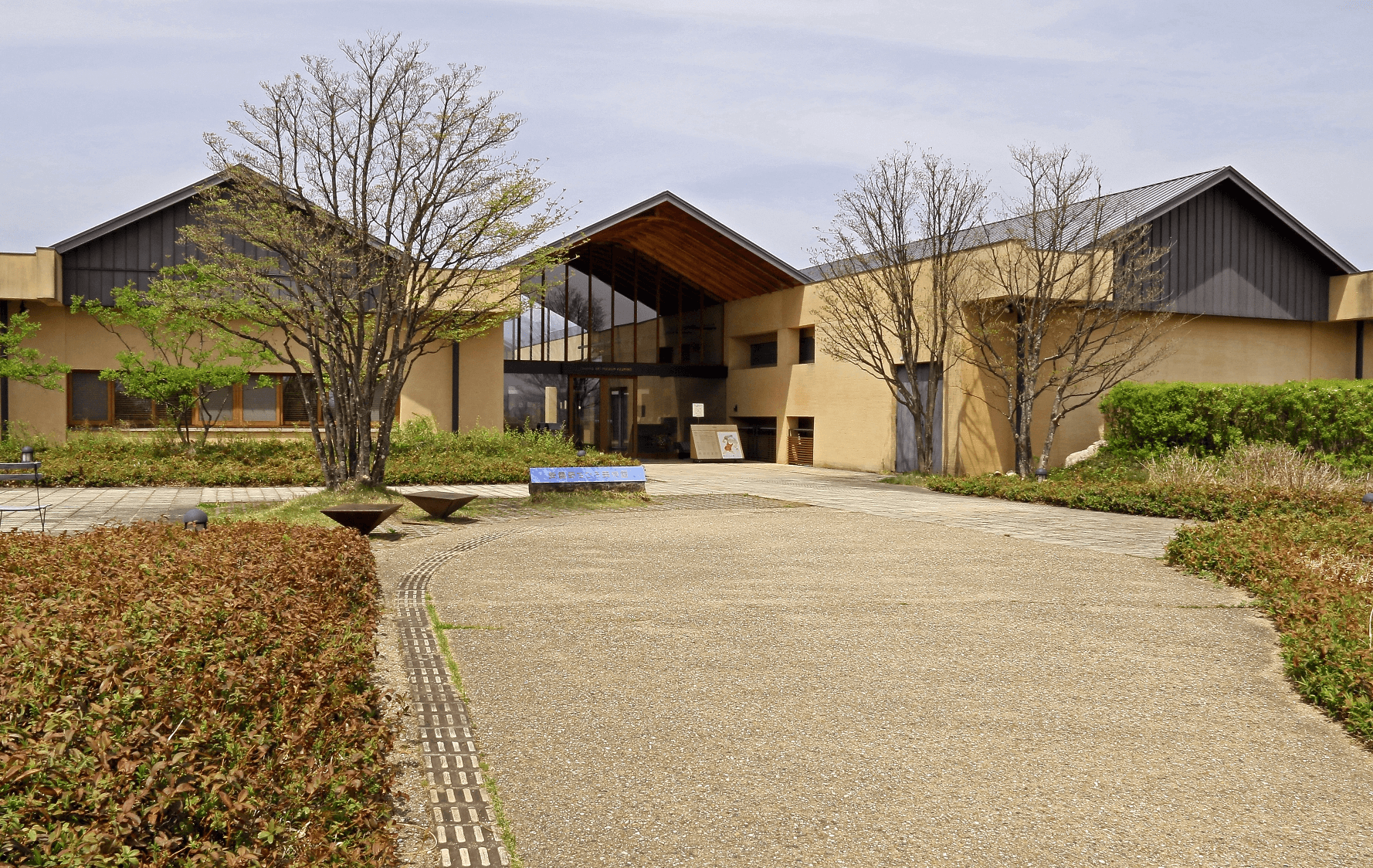
The Chihiro Art Museum Azumino exhibits the work and profiles the life of Chihiro Iwasaki, a creator of Japanese children's books. Through her life, she illustrated many picture and storybooks which brought her fame in Japan and international acclaim. Born in Fukui Prefecture, Iwasaki spent many years later in her life living in Azumino which now is the proud home of her museum. The museum regularly rotates its display of Iwasaki’s work and features a picture book library and playroom, a café with outdoor terrace and museum shop, making it a great destination for families.
7 / AZUMINO TENSAN CENTER / all year round
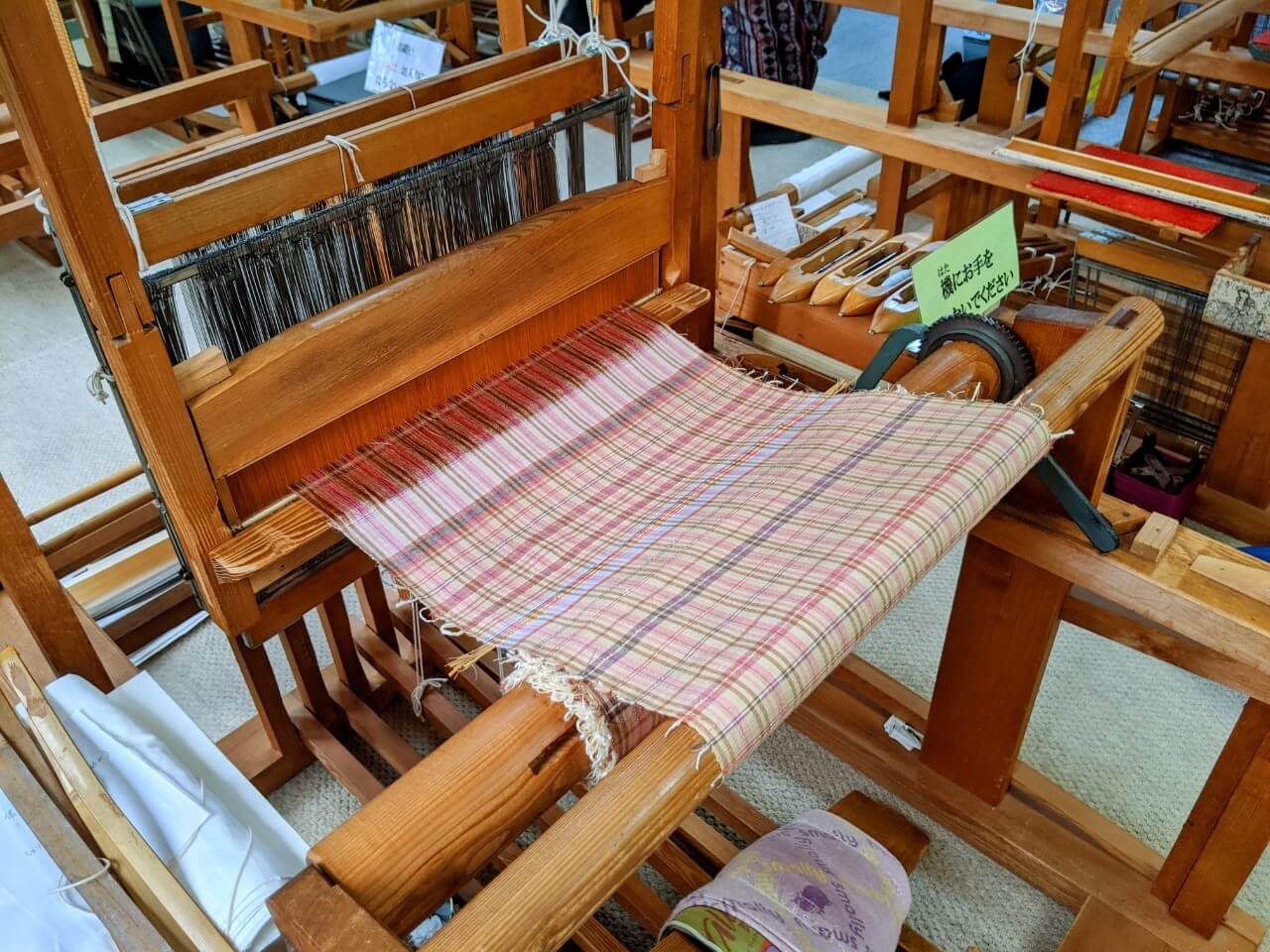
Azumino’s pristine natural environment provides the perfect environment for wild silkworms to thrive. In the late-18th century, the residents of Azumino began collecting the eggs and established a local silk production industry. The Azumino Tensan Center opened in 1978 in order to revive the wild silkworm industry, which had struggled in recent years. The center introduces visitors to the ecology, history, and workings of wild silk production including a weaving studio providing demonstrations and museum shop wear silk products can be purchased.
8 / TOKO-JI TEMPLE & ITS GIANT 'GETA' / all year round
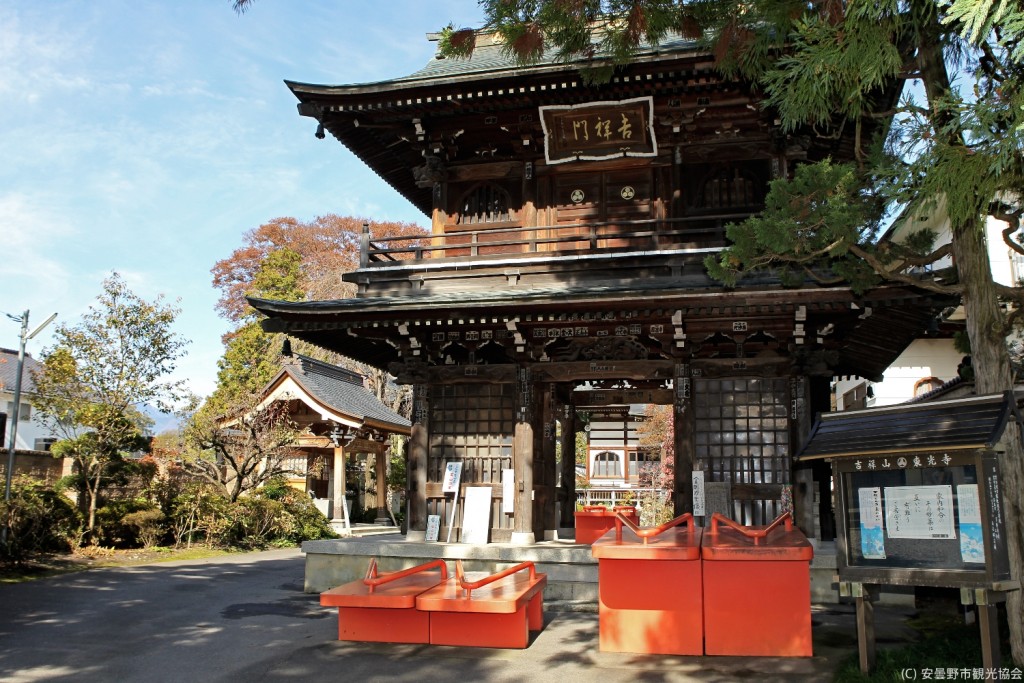
Toko-ji is an interesting, very local little temple located about 10 minutes walk from Hotaka Station. Located between the station and Daio Wasabi Farm, the temple is a quick and interesting stop as you move between the two destinations. Any visitor to the temple will notice the huge red ‘geta’ (wooden sandals) positioned within the temple grounds and feel the compulsion to climb onto them. Known as ‘Niyosama’s geta’, climbing onto and wearing the sandals is said to bring the person great luck. We can’t guarantee that it works but it can’t hurt to try!
9 / CYCLING IN AZUMINO / April to November
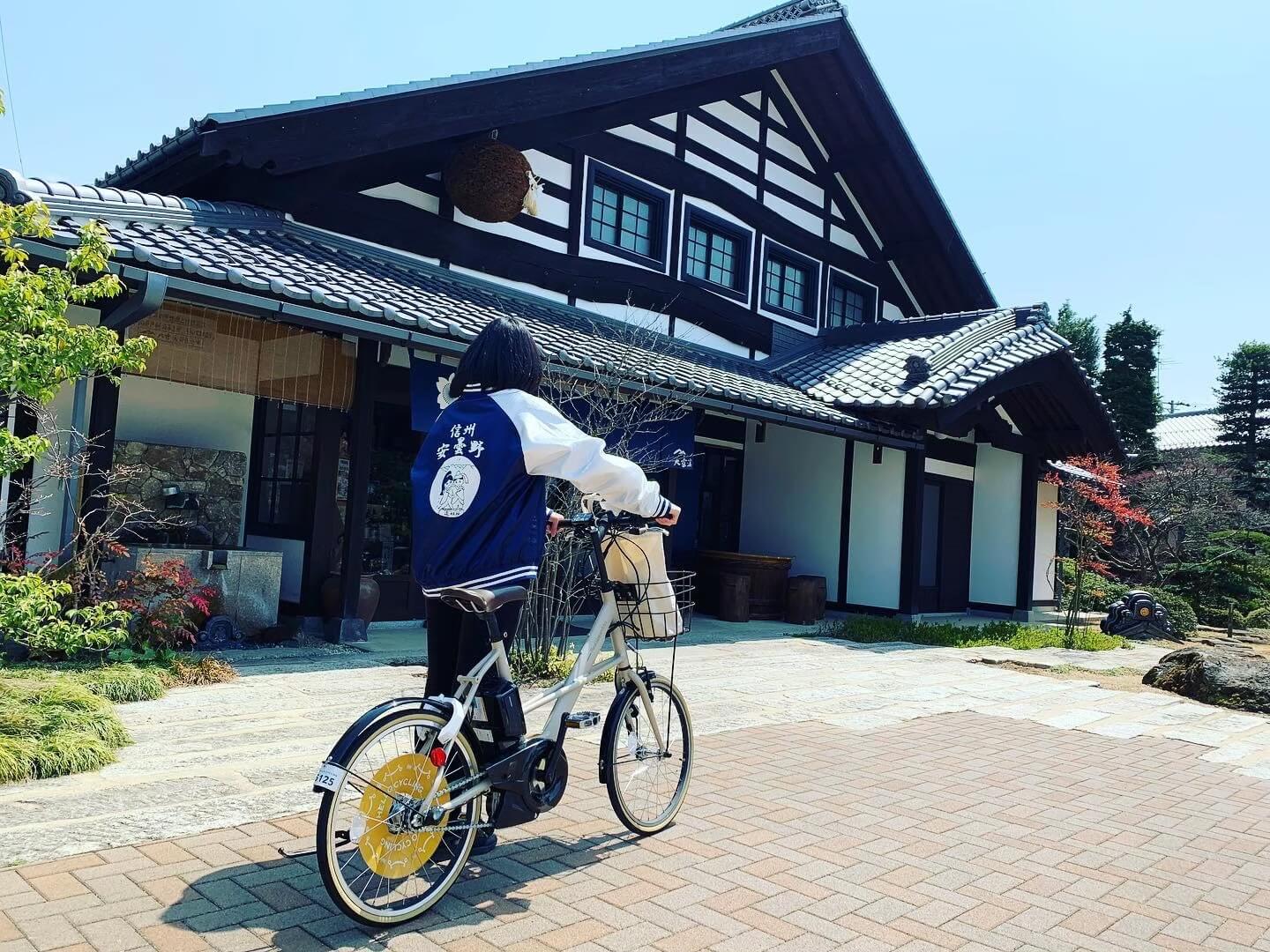
There's no better way to experience the rural atmosphere, sights and sounds of Azumino than cycling through the landscape of rice fields and farms all set against the stunning backdrop of the Northern Alps. With rental road and mountain bicycles available outside Hotaka Station (including e-bikes for an even more leisurely time), cycling through Azumino promises to be the highlight of any visit. Suggested cycling routes allow you to explore the area to your own speed and will lead you past countless rice fields, farms, and orchards and onto wineries, temples, museums, eateries, and well-earned 'onsen' (hot springs) and combine with unique experiences such as 'wasabi-picking from a local farm.
10 / FRUIT-PICKING IN AZUMINO / April to November
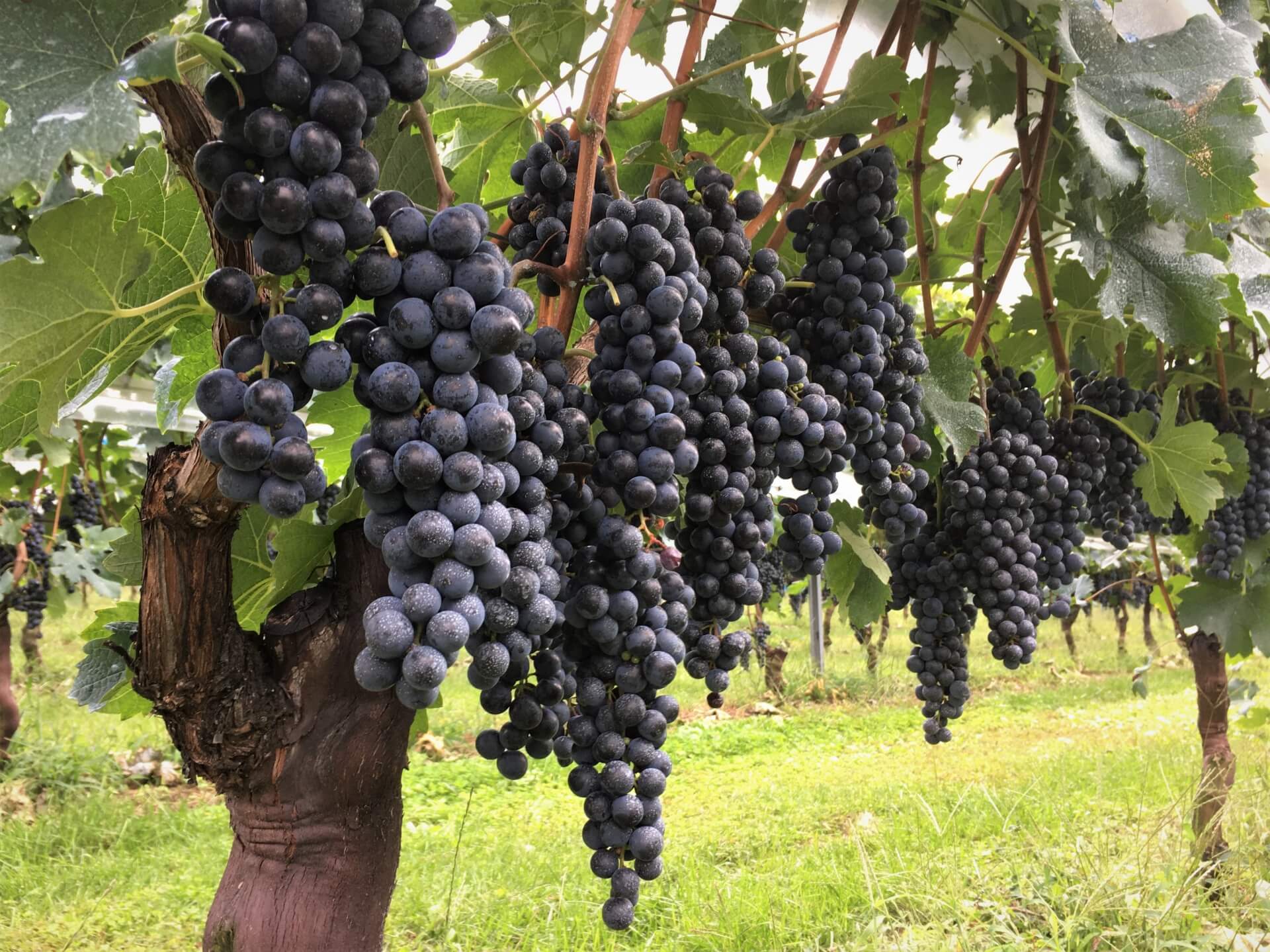
Blessed with an ideal climate for growing countless varieties of fruit and vegetables, Nagano is most famous for its apples and grapes, both of which grow to impressive size and deliciously flavorful in the higher elevation of Azumino's orchards. Growing many varieties of apples including well-loved Fuji and San Fuji types, the pronounced temperature difference between day and night promotes the growth of delicious apples which you can pick and enjoy for yourself and several of the region's many orchards. This leisurely activity is suitable for all ages and is particularly popular with families, whose children relish the rare chance to be among orchards and choosing their own delicious apples directly from the tree.
11 / RAFTING & SUP AT DAIO WASABI FARM / April to October
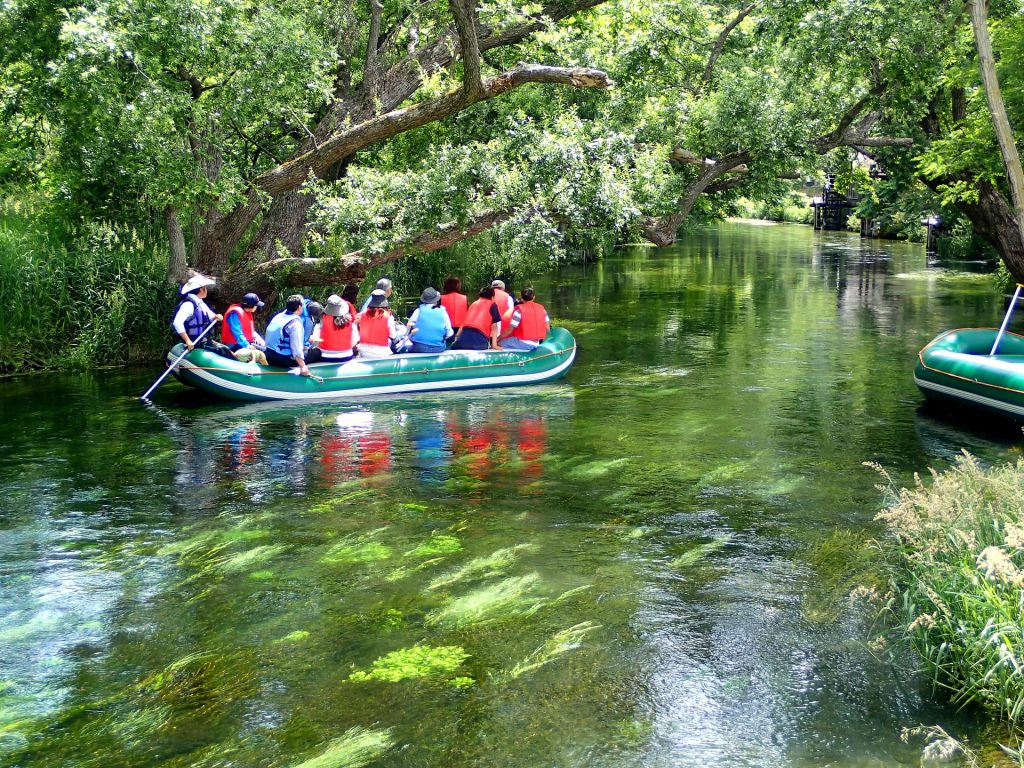
Fed by the Tade and Yorozui Rivers, one of the farm's most striking elements is the endless pure water that follows through the streams and feed the expansive beds of wasabi. The clarity of water delights and imbues the farm with an atmosphere of vitality and tranquility as it trickles and follows past the senses. The calming experience of the water is perhaps best enjoyed while floating on it yourself, which can be done with a guided boat ride or self-propelled SUP (Stand-up Paddling) over the rivers and past the farm's iconic water wheels. The clarity of the water below will amaze and as you gaze deep into shimmering streams, any worry and stress is quickly forgotten... For more information, see our 'Rafting in Azumino' page.
12 / MOUNTAIN STREAM CLIMBING / best: July to September
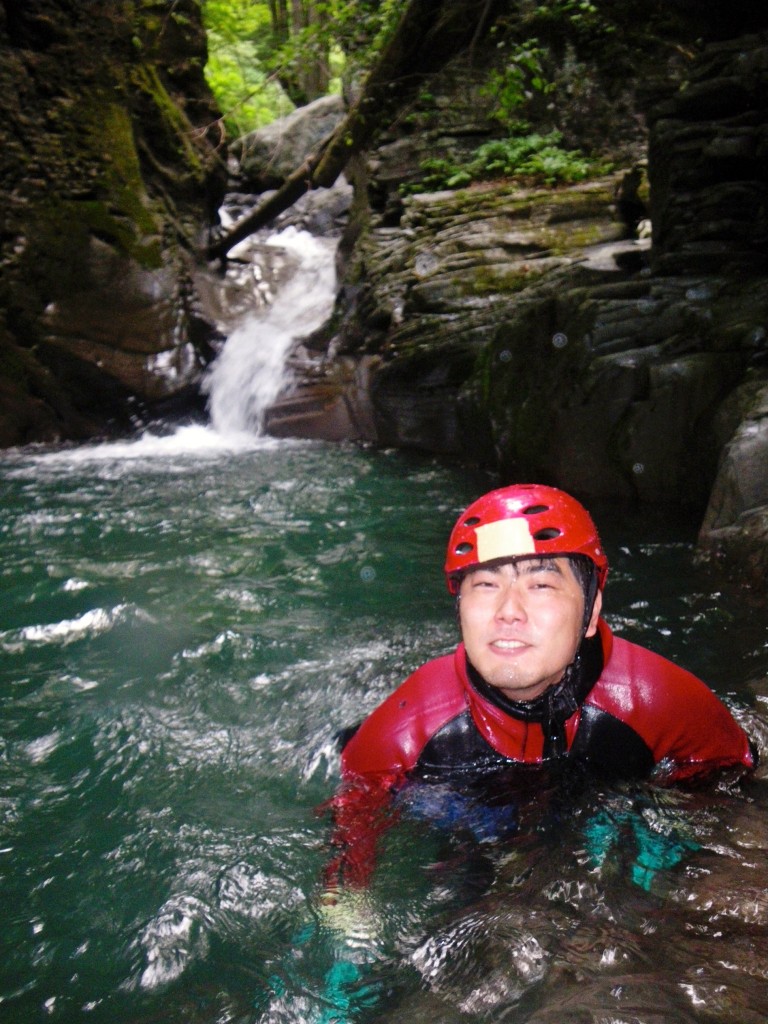
Situated in the shadows of Japan’s Northern Alps, the lush farms of Azumino are nourished by the streams and rivers that flow from the mountains to the plain below. In recent years, exploring and “climbing” mountain streams , also called "canyoning" has become a popular activity in the region, suitable for guests of all ages and great fun! Led by an English-speaking guide who will provide safety gear including a helmet and life jackets to all guests, you’ll be led up the Nakabusa River as you jump, dive, swim and float your way along the beautiful waters of Azumino. For more information, see our 'Japan Adventure Travel: Canoeing, Kayaking, Rafting, Canyoning & SUP' page.
13 / HIKING IN THE NORTH ALPS / best: July to October
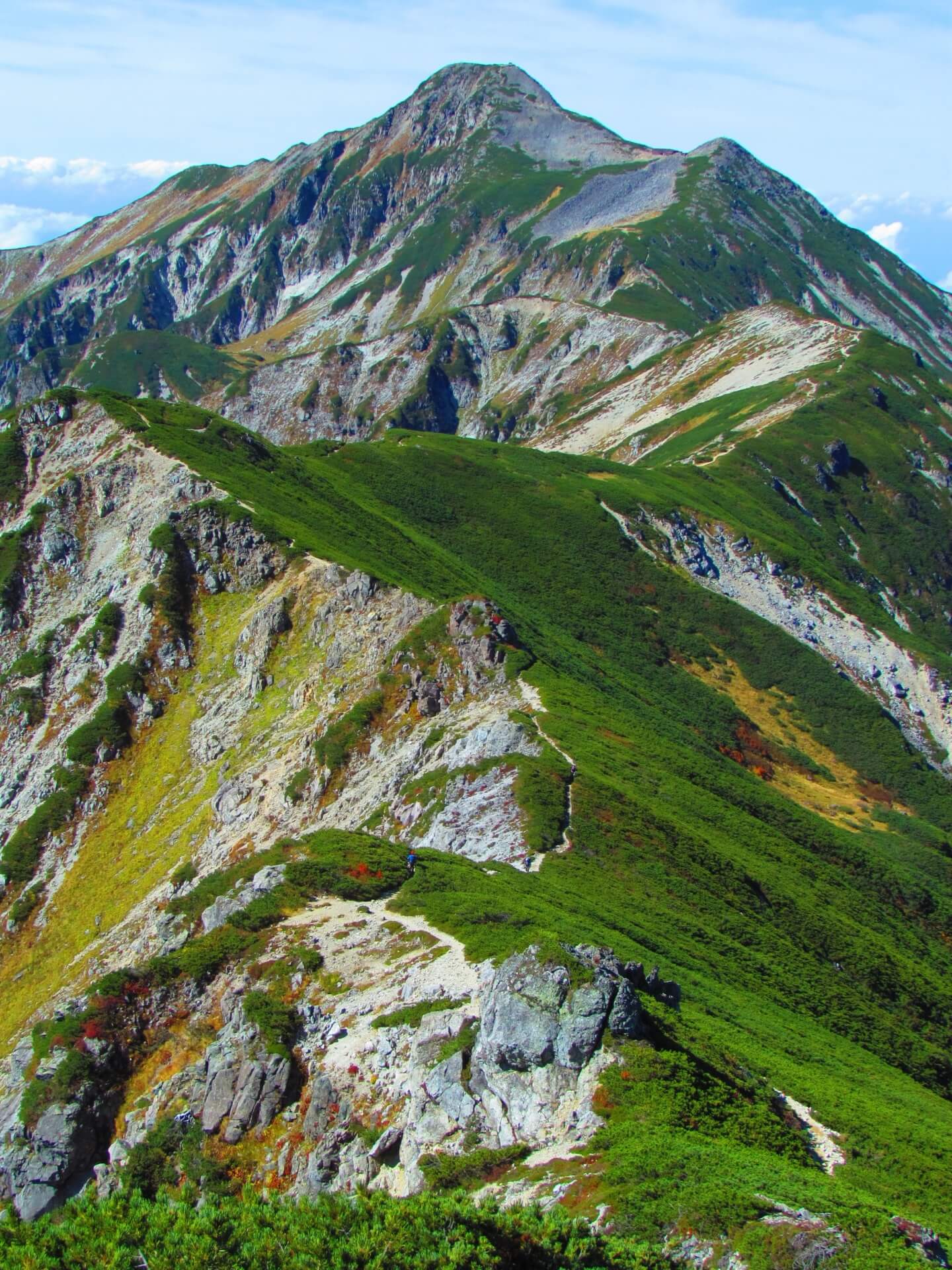
The Hida Mountains of Nagano are more commonly referred to as the 'North Alps', the third of three extensive mountain ranges that cut across Nagano and collectively form the Japanese Alps. Home to the majority of Japan's highest mountain peaks, this dramatic alpine landscape offers some of Japan' best hiking and mountaineering routes, with numerous trails catering for all levels of fitness and expertise. One of the most popular routes is the 'Panorama Ginza', known for its breath-taking vistas including Mount Yarigatake (3180m) among other famous peaks, as it walks the ridge line. This well-trodden trail is serviced by a network of mountain huts, making it an ideal place to discover the mountainous heart of Japan and some of the most dramatic landscapes that the country has to offer. For more information, see our 'Japan Adventure Travel: Hiking, Trekking, Mountaineering, Caving & Climbing' page.
14 / HIKE ALONG THE 'HAISENJIKI ' / best: April to November

In operation from 1902 until 1988, the former Shinano Line connected the region's principal cities of Matsumoto and Nagano by train, along a mountainous, often beautiful route which can still be traced today. Now out of use for former than 30 years, the abandoned train is now a popular hiking course now called the 'Haisenjiki'. Winding through a lush terrain of mountain forest the Haisenjiki is an evocative journey through time and space; one that takes you through tunnels and past artefacts which tell the story of its former use. This is a relaxed hiking course with a unique atmosphere, an experience that really does take you off the beaten track!
15 / CHERRY BLOSSOMS OF MOUNT HIKARUJO / late-March to April
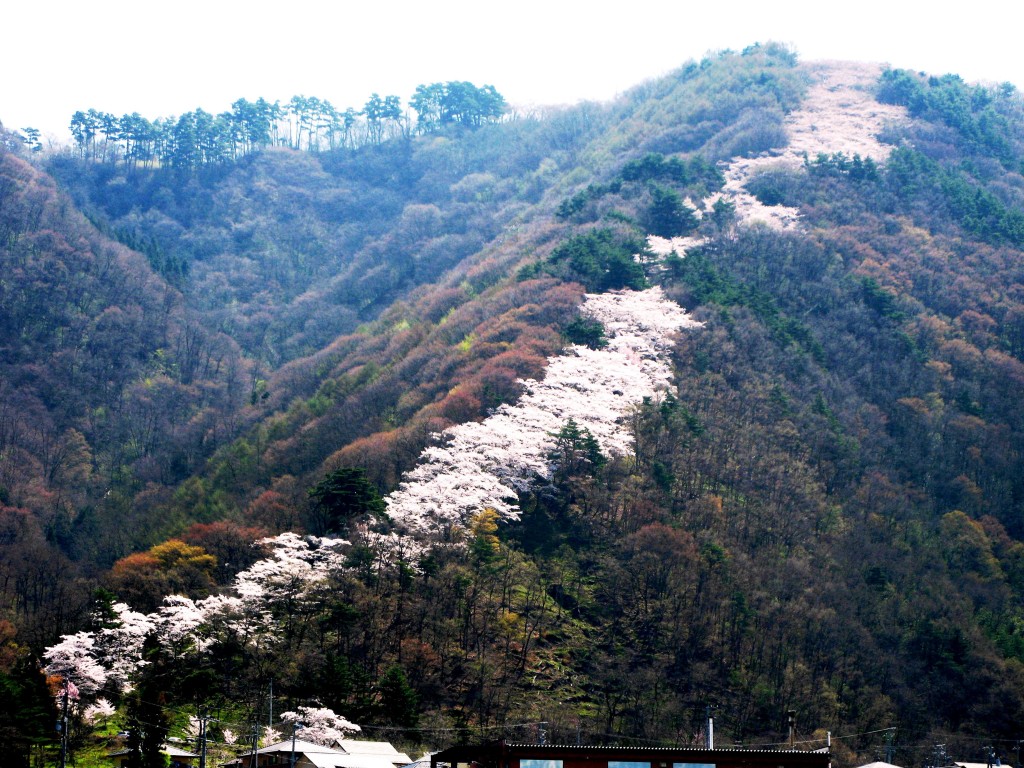
There is no more quintessential Japanese past-time in spring that 'hanami' or flower viewing. Blooming each year around April to May, Azumino's glorious 'sakura' (cherry blossom trees) transform the landscape into a softly contrasting mosaic of white and soft pink and these beautiful, fragile flowers make their yearly appearance before falling from the trees to carpet the ground below. One of the best locations to view the blossoms while Azumino is walking one of the altnerate Mount Hikarujo trails, which run below a canopy of blossom trees all the way to the mountains peak at 912 meters. Once there you are afforded views of the landscape below before meandering back down and again into the quiet beauty of these most Japanese of flowers.
16 / SUNRISE ON MOUNT NAGAMINE / all year round
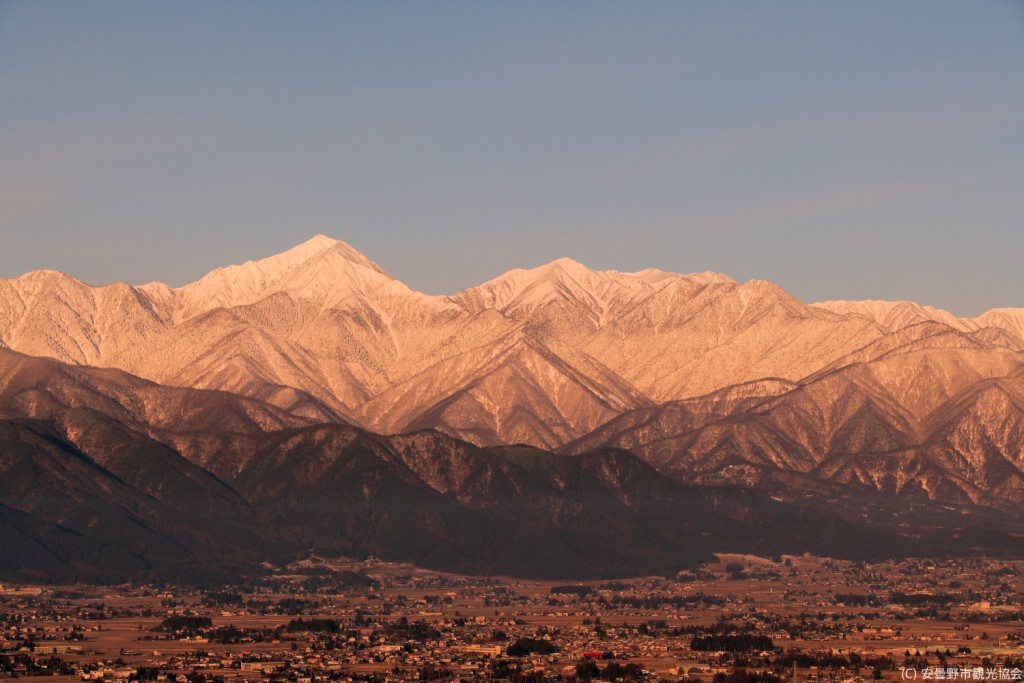
Mount Nagamine is a small but beautiful mountain best enjoyed at sunrise as the emerging light hits its peak and illuminates it against the stunning backdrop of the larger Northern Alps. The acclaimed writer Yasunari Kawabata once praised its beauty and while it can be enjoyed in all seasons, it is perhaps at its best in the early winter mornings as the crisp, clear light radiates atop the snow-covered mountain peaks of Mount Nagamine and beyond.
17 / AZUMINO FIREWORKS FESTIVAL / August 14th
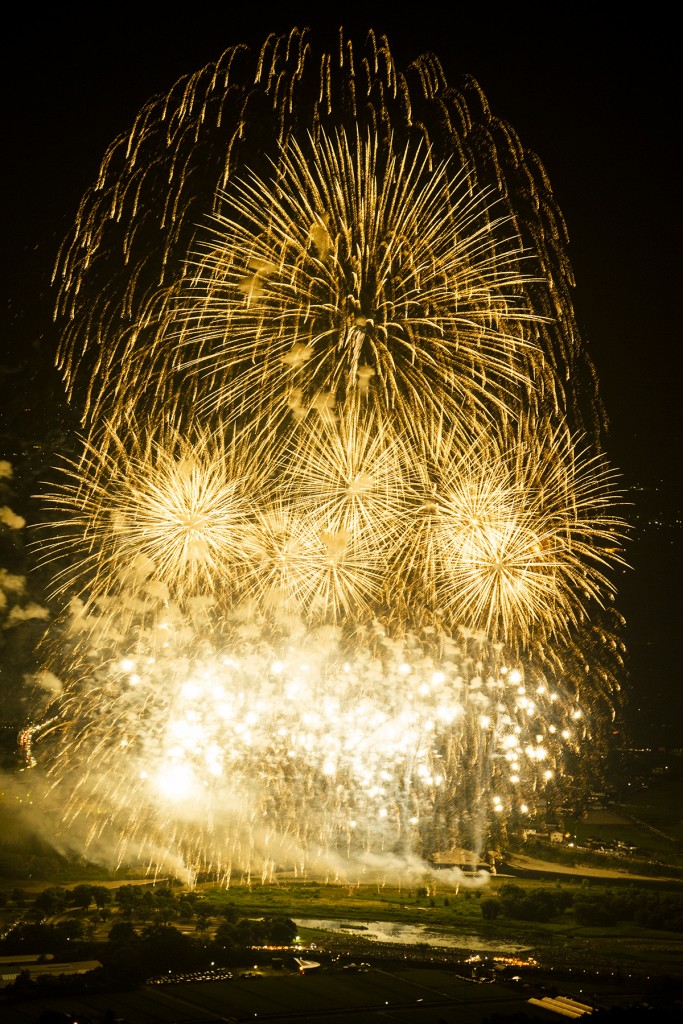
Summer is a time for festivals in Japan and especially fireworks displays! Known as 'hanabi' in Japanese, the huge fireworks displays taking place across the country through the hot and humid months of summer draw massive crowds as family and friends come together in the cooler evenings to gaze up in wonderment to dazzling displays of light and color above. Held on August 14th each year, the Azumino Fireworks Festival is the second largest fireworks event in Nagano - after Suwa's grand fireworks display each August - and takes place on the banks of the Saigawa River - a grand event on the Azumino calendar!
18 / AZUMINO 'O-FUNE' FESTIVAL / September 27th
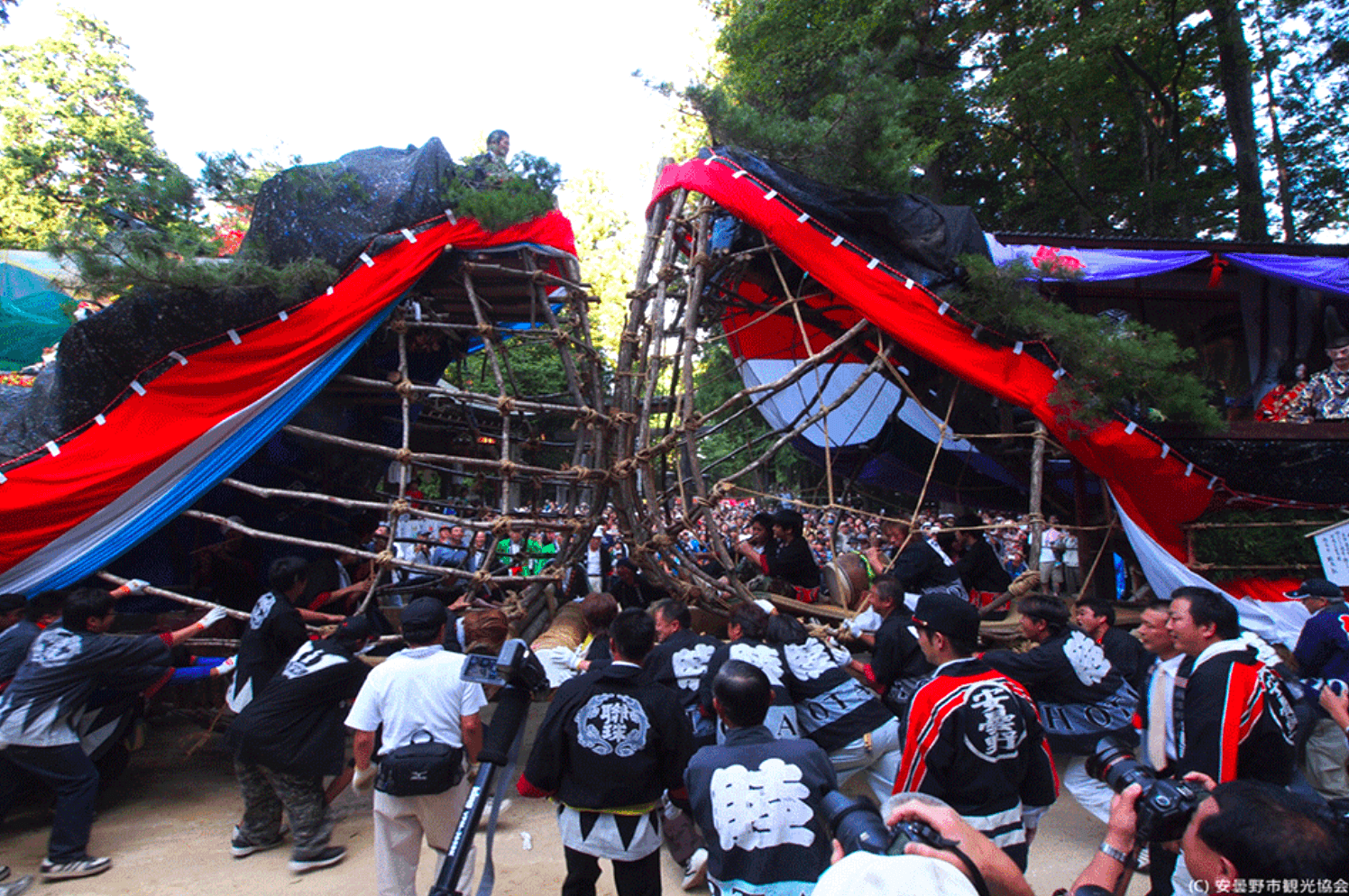
Japanese love a 'matsuri' (festival) and there's no better way to experience one than at the local level. Held every autumn, the O-Fune Matsuri/Festival is a great way to enjoy the community spirit of rural Japan as the townspeople parade the festival floats toward Hotaka Shrine. The name Azumino means 'Land of the Azumi', the original people of the region are said to have journeyed there from the sea. In commemoration of that origin story, to boat like floats - one male and one female - are carried through town toward the shrine. En route they will collide, a symbolic wish for fertility and the continuation of the Azumino community.Matsuri is very much a community celebration and usually involves plenty of drinking. You're sure to be warmly welcomed!
19 / ENJOY A WINTER ILLUMINATION / November to January
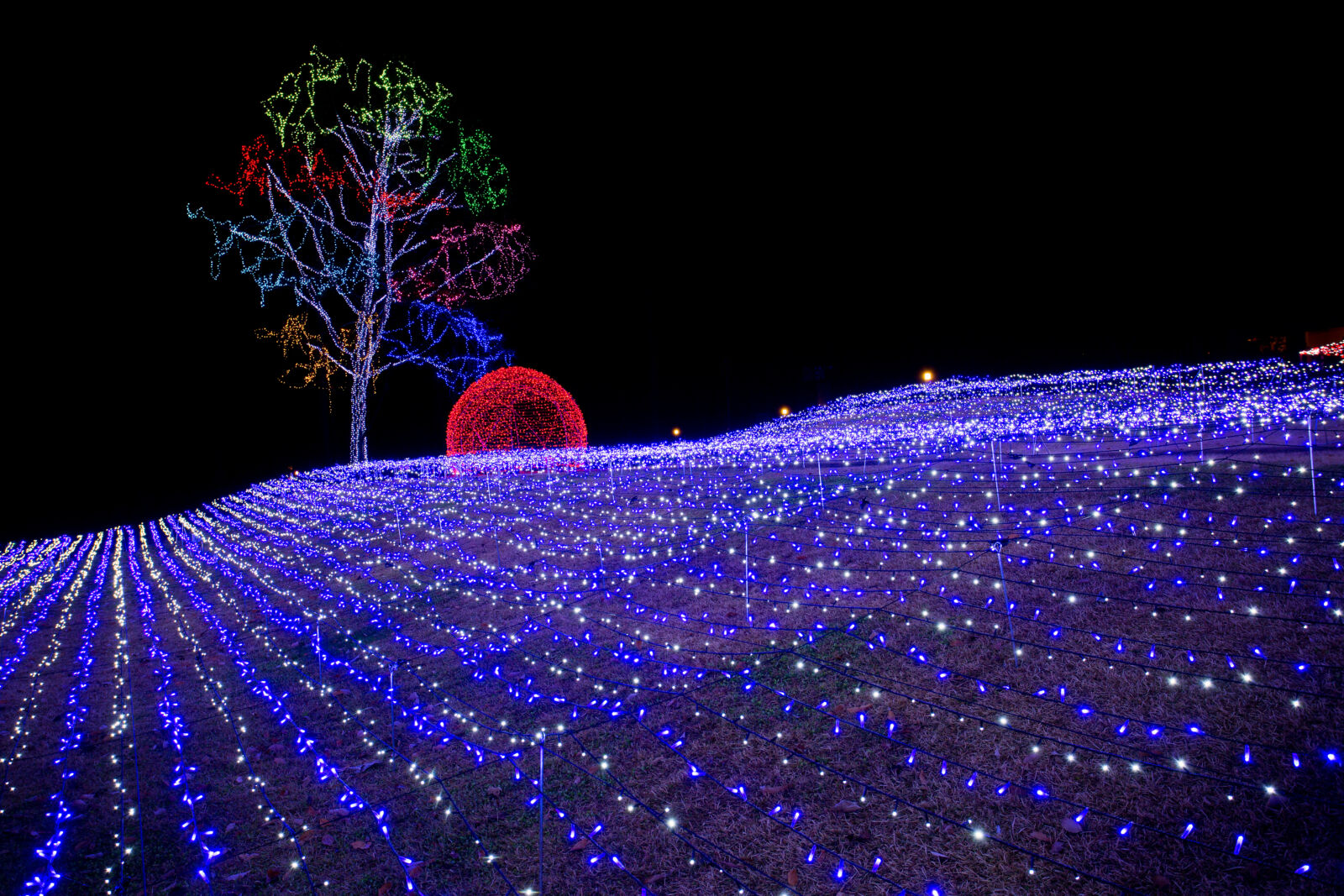
Taking place each year from mid-November to early-January at Alps Azumino National Government Park, this illumination event brings the park into bright and splendid light for all to enjoy. While the autumn evening is sure to be chilly, the more than 700,000 lights that illuminate the park will dazzle and delight you. The illumination takes place from 4PM to 9PM daily.
20 / HOTAKA SHRINE 'KAMIKARI' FESTIVAL / December 7th to 9th
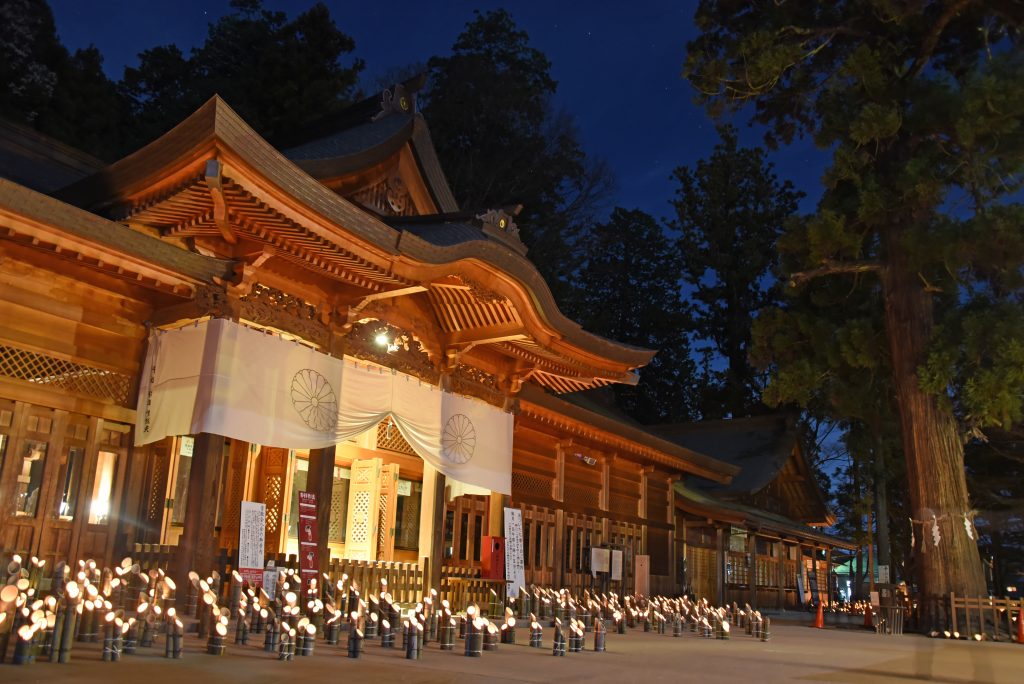
Held each December, the Kamiakari Festival at Azumino's Hotaka Shrine is a charming event in which 2400 bamboo lanterns burn in the cool evening of early winter and imbue the shrine with an other-worldly quality. A small event in nature, it is a favorite with locals and is sure to delight any visitor to Azumino.
WHERE TO STAY WHEN VISITING AZUMINO

If you're headed to Azumino, we recommend heading to Hotaka Onsen-kyo to enjoy a hot spring in the shadow of the North Alps, or for visitors heading there as a day-trip, Matsumoto is a convenient base from where to enjoy the area. But let's start with:
HOTAKA ONSEN-KYO
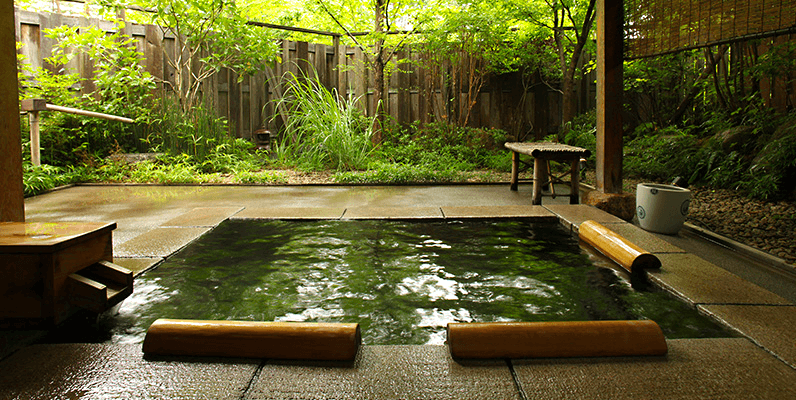
Located around 10-minutes drive from Hotaka Station, Hotaka Onsen-kyo is the main accommodation area in Azumino. As a traditional ‘onsen’ (hot spring) area, accommodation in this area is mostly limited to traditional guesthouses with their own hot springs. There are some excellent options in the area, including high-end ‘ryokan’ (guesthouses), most of which are within easy reach of the station. Guests who choose to stay in Hotaka Onsen-kyo can unwind and indulge in the comfort of a traditional guesthouse in the shadows of the North Alps - a memorable experience for any visitor to Japan. For accommodation listings, see our ‘Hotaka Onsen-kyo’ hotel page.
MATSUMOTO
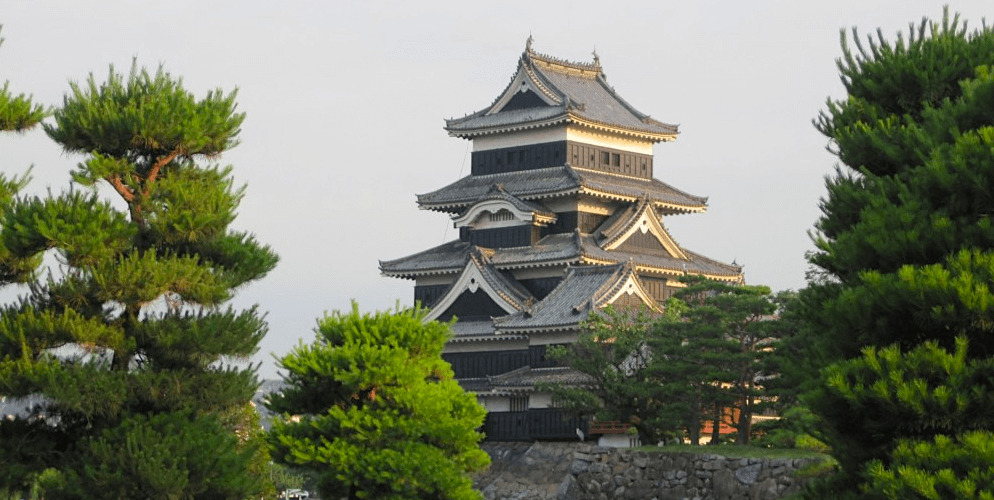
1-Day Tour from Nagano and Matsumoto: Experience Matsumoto Castle and Narai-juku
- Spots:
- NaganoMatsumotoKiso Valley
- Pick-up:
- Nagano CityMatsumoto
- Drop-off:
- Nagano CityMatsumoto
Located around 15KM / 25-minutes from Hotaka Station, Matsumoto is the largest nearby city and a conveinent base from where you can explore Azumino as a day-trip. Most accommodation in the city is located to the east of Matsumoto Station, around the station itself and toward the castle. Accommodation is mostly mid-sized, mid-range business and other Western-style hotels, with some smaller guesthouses and a couple of high-end options. Most hotels and guesthouses are within 10 to 20-minutes walk of the station and castle making it easy to choose where to stay. For accommodation listings, see our ‘Matsumoto Area’ hotel page.
GETTING TO & AROUND AZUMINO
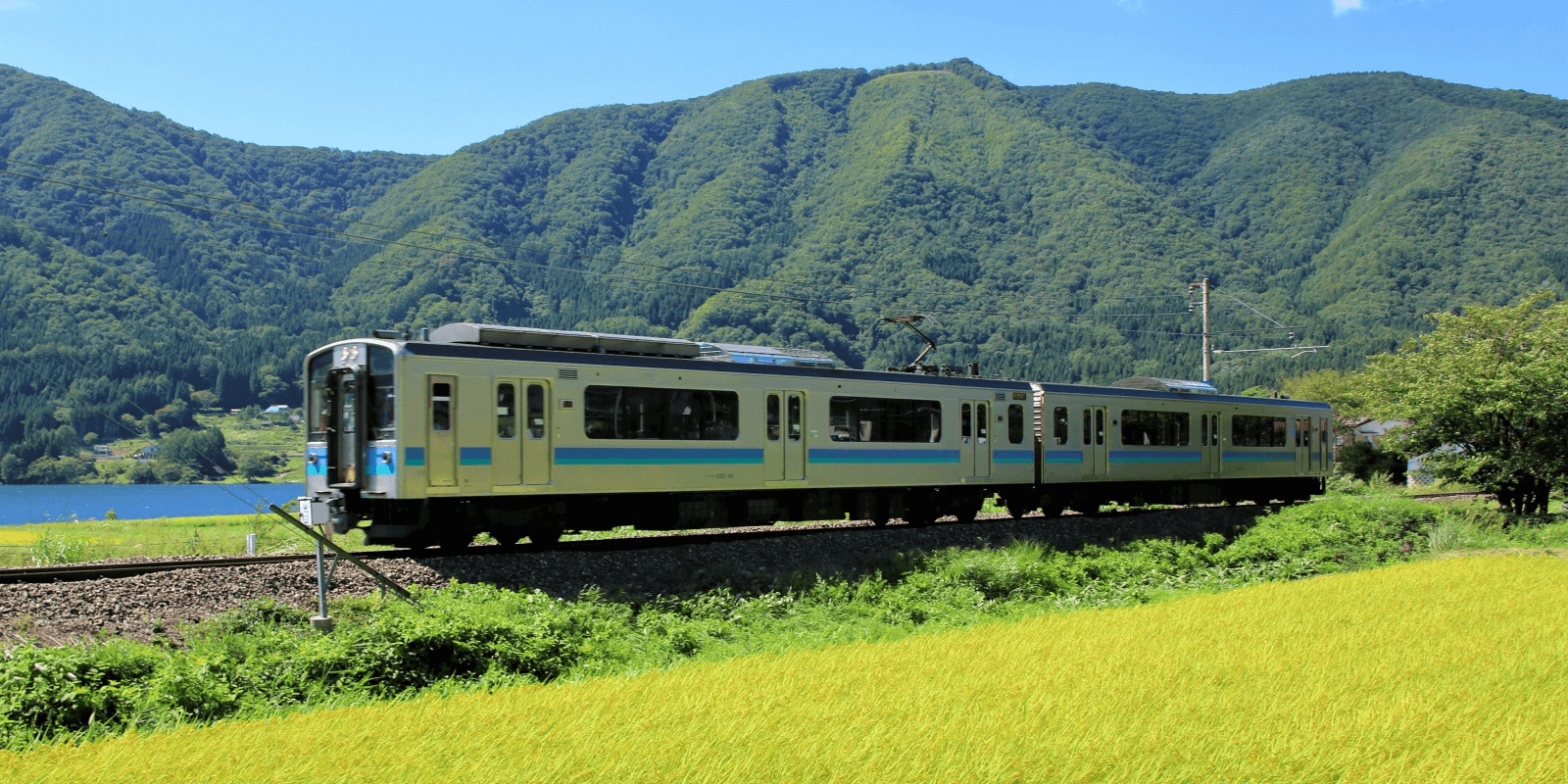
Visitors heading to and from Azumino can do so easily using the Oito Line to Hotaka Station. Running from Matsumoto to Hakuba and onto Niigata, this is one of Central Japan's most scenic train lines and an enjoyable experience in its own right. For information on how to reach Matsumoto, see our 'How To Get To Matsumoto' page. Once in Azumino, exploring the area by bicycle is a great way to take in the tranquil rural atmosphere while local buses and taxis are also available to get you to where you need to go. For more information, see our 'Getting Around Azumino: Rental Bicycle, Bus & Taxi' page.
TOURS AND CHARTERS NEARBY AZUMINO

We offer a number of tours that either visit Azumino or take place in nearby areas. With public transport being less convenient in rural areas like Azumino, taking a tour is a great way to remove the hassle of transport and instead relax and enjoy the scenery of this beautiful region.
[START FROM NAGANO/MATSUMOTO] Private Wasabi-Picking Experience & Kamikochi
- Spots:
- MatsumotoKamikochi
- Pick-up:
- Nagano CityMatsumoto
- Drop-off:
- Nagano CityMatsumoto
If you love wasabi, or just want to try the real thing, this tour is our recommendation to you. By picking your own, you can taste this unique plant at its freshest and enjoy the surprising depth of flavors and subtle aftertastes that lie under its nose burning kick. Afterwards, the tour will take you to Kamikochi, one of the best alpine valleys in all of Japan, where stunning views of the Northern Alps will certainly become one of the highlights of your trip.
Best Selling
1-Day Tour from Nagano and Matsumoto: Kamikochi & Matsumoto Castle
- Spots:
- NaganoMatsumotoKamikochi
- Pick-up:
- Nagano CityMatsumoto
- Drop-off:
- Nagano CityMatsumoto
Nagano is best known for it's mountains - in summer hiking enthusiasts flock to the high peaks, and in winter ski enthusiasts come from around the world to enjoy fresh powder slow on Nagano's slopes. Amongst all of the alpine areas in Nagano, the Kamikochi valley is considered to be one of the most beautiful, with crystal clear water flowing in its rivers and snowy peaks towering over the hiking trails. Sitting at the base of these mountains is the charming city of Matsumoto, Nagano's cultural capital and home to Matsumoto Castle. Standing as one of Japan's only original castles, it is a must-see for anyone interested in Japanese history or just the beauty of Japanese building design.
In this tour, you can visit both - a difficult feat using only public transport but made extremely easy on our tour. With your guide close at hand, your time in Matsumoto will teach you a lot about Japanese culture while your time in the mountains will take your breath away with the beauty of nature.
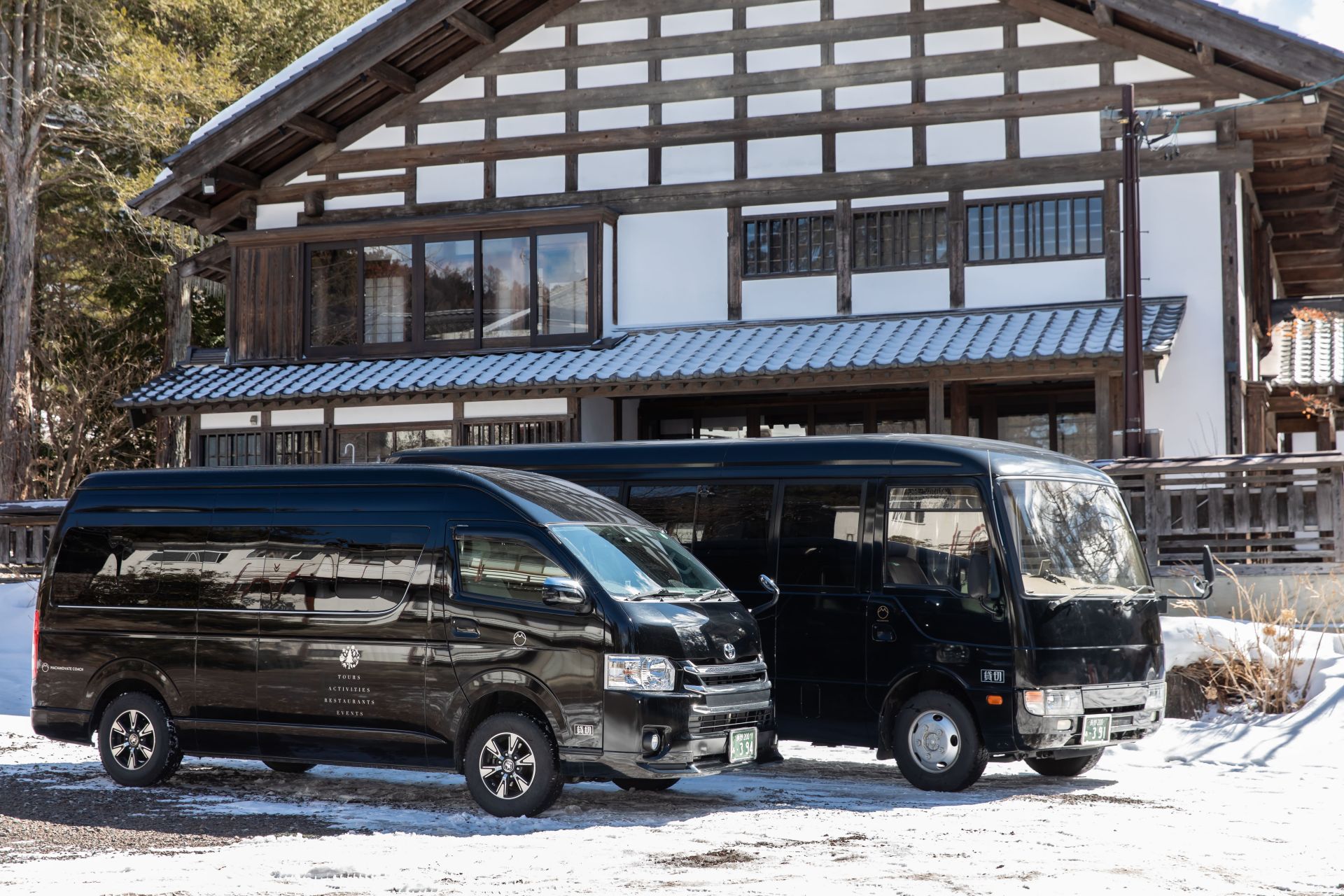
If you have a specific destination in mind, want to visit multiple sites, or just want to move at your own pace, our private charter service is what you are looking for. Our friendly, certified drivers will pick you up straight from your accommodation and bring you and your group wherever it is you want to go. And if you don’t know yet where you want to go, we can work together to make the best itinerary for you. For more information on pricing and availability, please click HERE.














